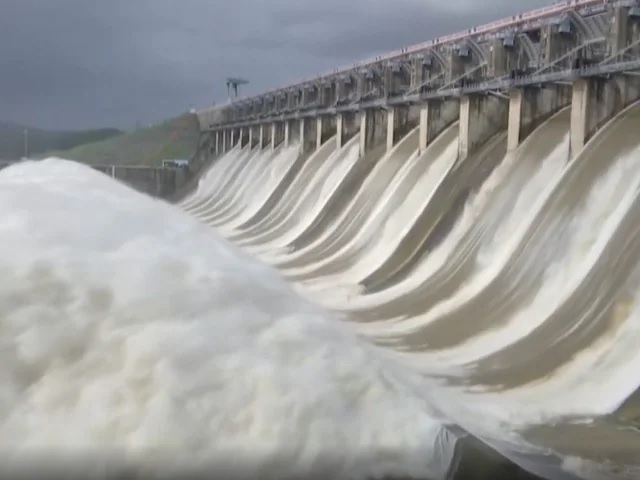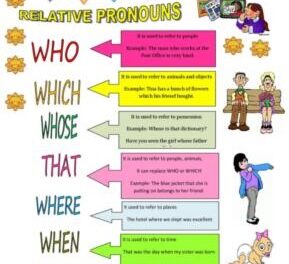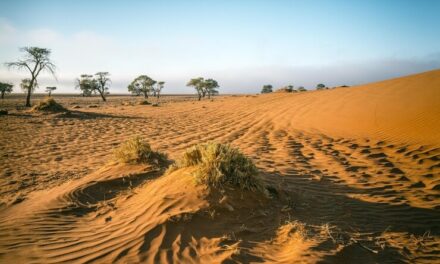Water resources are vital for India’s development, agriculture, and ecosystem health. India’s water resources include rivers, lakes, groundwater, and glaciers, providing essential support to the country’s billion-plus population. The major rivers, such as the Ganges, Brahmaputra, and Indus, originate from the Himalayas and serve as lifelines for millions of people, supporting irrigation, transportation, and hydroelectric power generation. Groundwater, extracted through wells and tube wells, is crucial for drinking water supply and irrigation, particularly in regions with erratic rainfall. However, India faces challenges such as water scarcity, pollution, and inefficient water management, exacerbated by rapid urbanization, industrialization, and agricultural intensification. Climate change also poses a threat, altering precipitation patterns and increasing the frequency of extreme weather events. Sustainable water management practices, including rainwater harvesting, watershed management, and water conservation measures, are essential to ensure equitable access to water resources, protect ecosystems, and mitigate the impacts of water-related challenges on livelihoods and the environment.
The worksheet covers the following topics-
Sources of water- rain, ground water, ponds, lakes,
rivers, seas, oceans
Means of Irrigation- wells, tube wells, canals, tanks, sprinklers, dams,
These questions are designed to promote understanding of water resources, conservation practices, environmental stewardship, and global water challenges among grade 4 students. They encourage critical thinking and awareness of the importance of water in our daily lives and ecosystems.

















